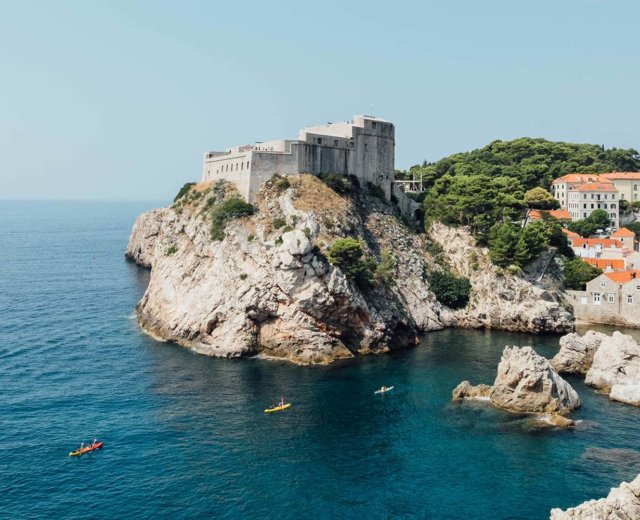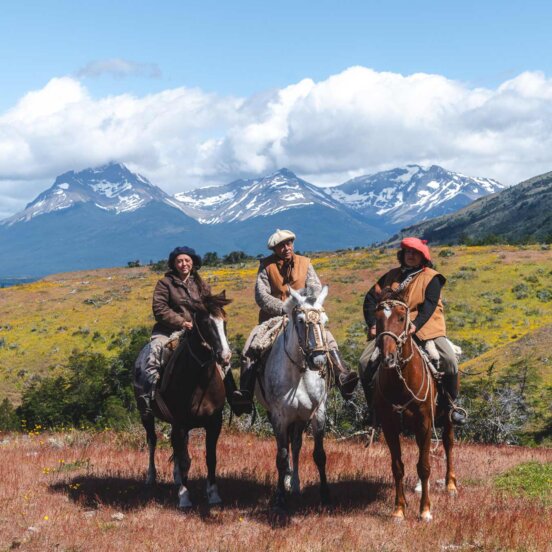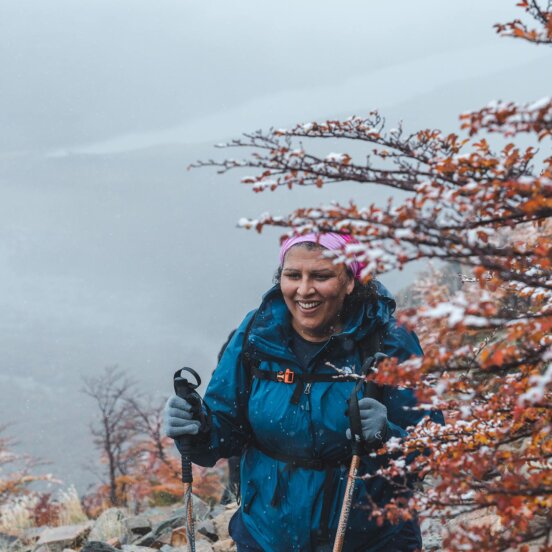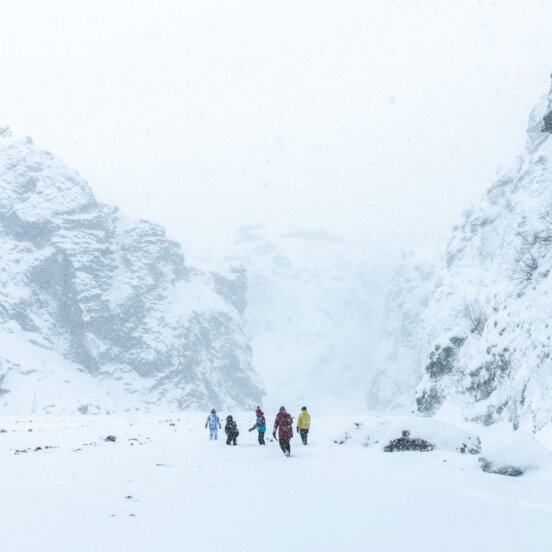Why these are the seven craziest sports around the world
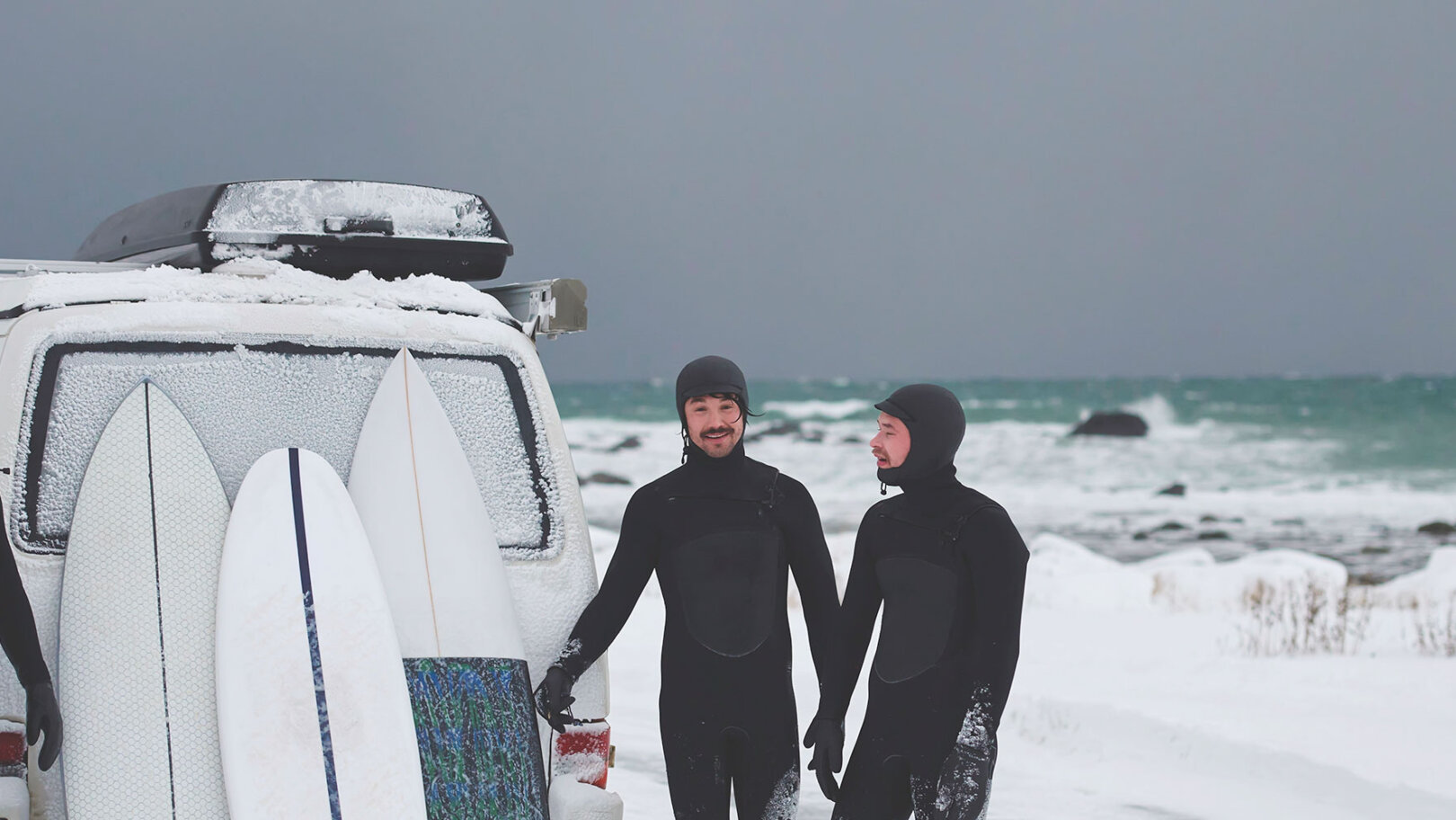
We all know the popular sports, like football, athletics and rugby. We even know some quite interesting sports, like caber toss, chess boxing, extreme ironing and pie eating. However, have you heard of these even more curious pastimes? We’ve searched to find some of the lesser-known yet wildly-popular (in some places) sports out there.
Kabaddi, India
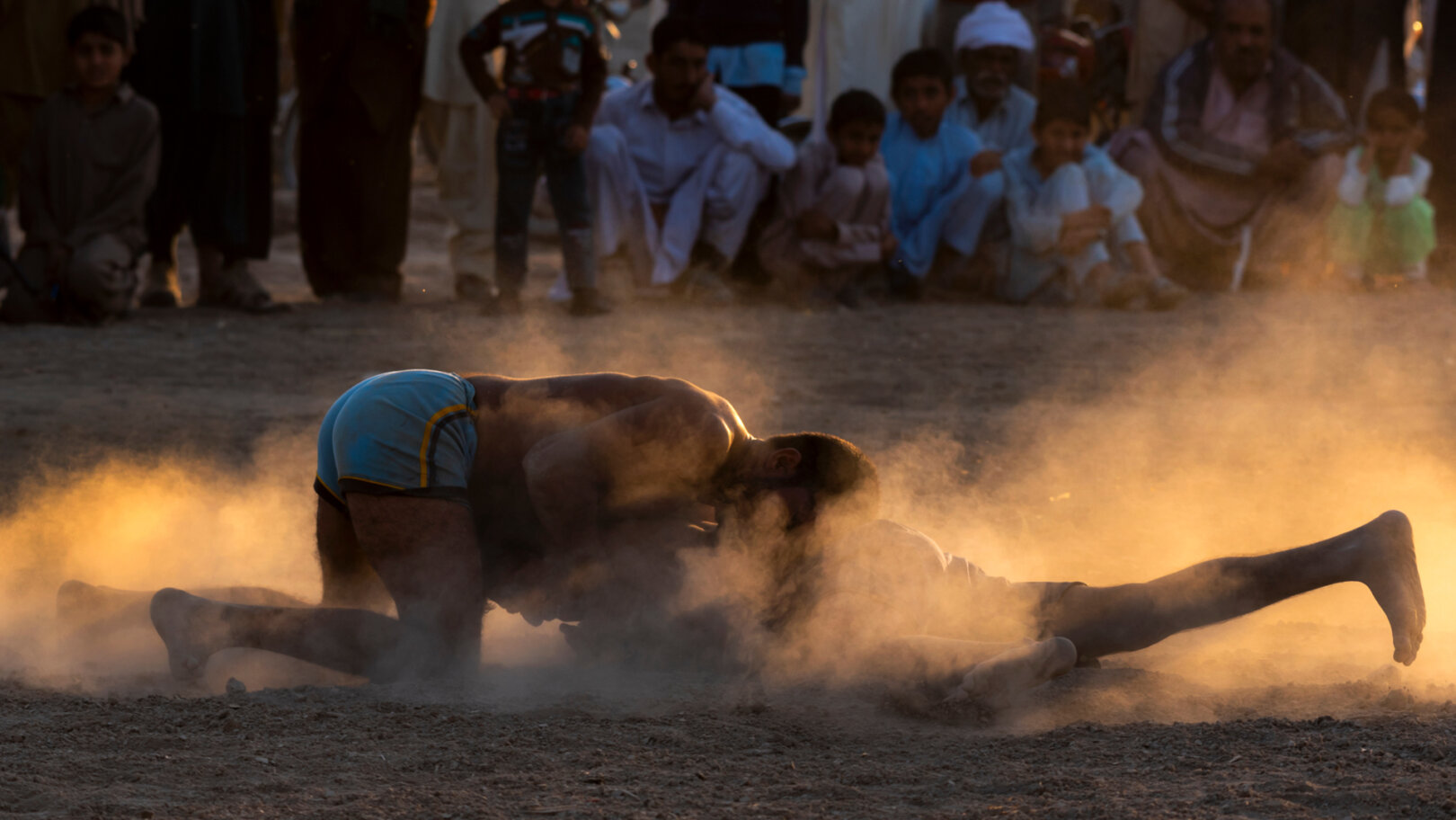
Originating in India, this is the national sport of Bangladesh and some Indian states. It is also played extensively in Pakistan, parts of Southeast Asia and, strangely enough, in Peebles on the Scottish border. The game is played by two opposing teams and the aim is simple: score more points than the other team. To score points, a team will send a ‘raider’ into the opposing teams section of the court. Whilst in there, the raider will attempt to tag as many of the opposing team with their legs or arms. The more players who are tagged, the more points scored. Sounds easy, right? Wrong. The raider must not take another breath whilst in the opponents court, and to prove they haven’t, will chant “kabaddi, kabaddi, kabaddi” without a break. If the opposing team manage to trap the raider before they can escape back to their side and take a breath, that player is out. The result is a noisy, fast-paced game filled with movement, skill and stamina.
Sepak Takraw, Malaysia
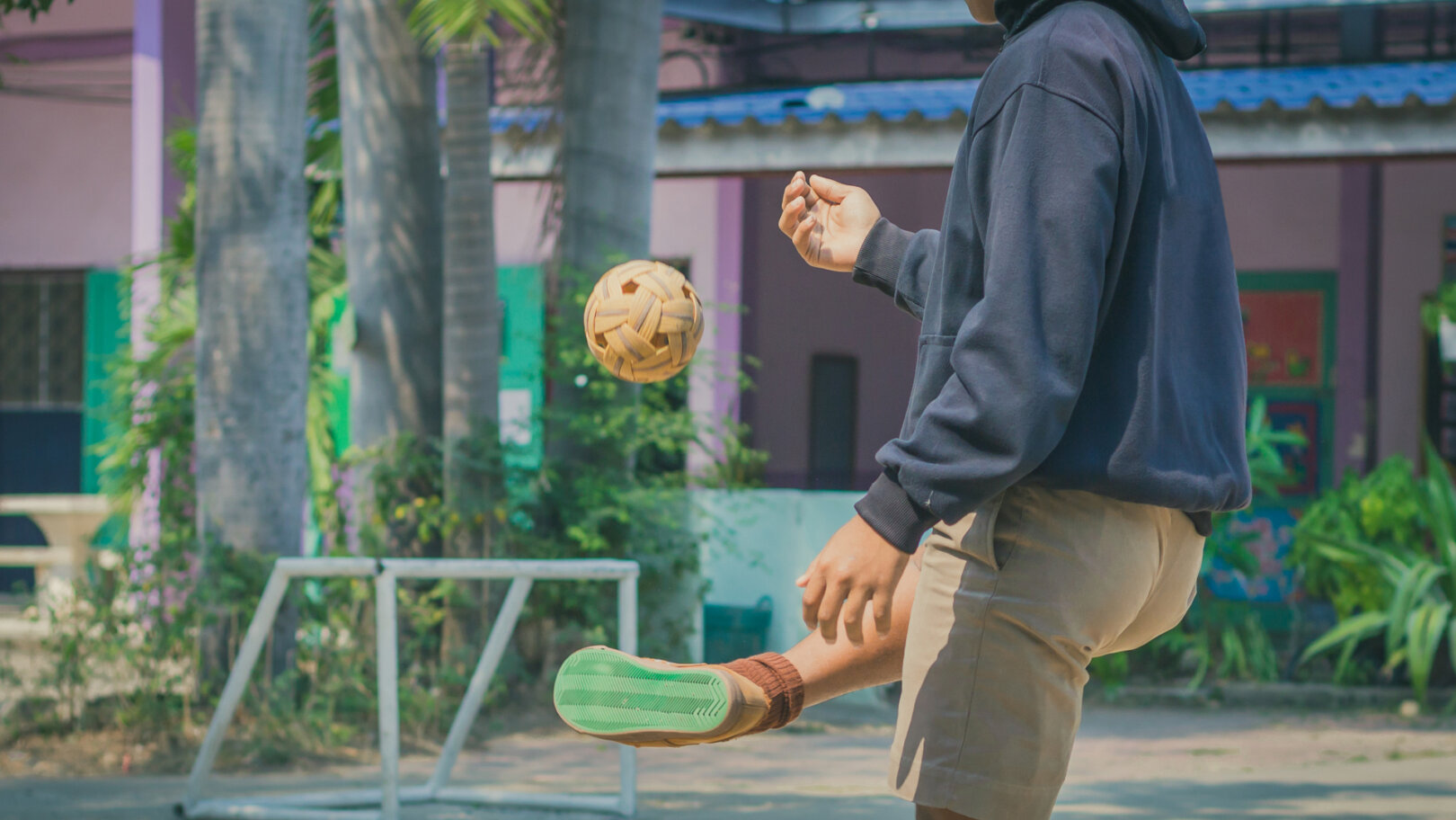
This game is said to have first been played by the Malaysian Royal Family in the 15th century and resembles modern day volleyball, with a few exceptions of course. Played on a court the same size as badminton’s, with two teams of three on either side of a five-foot net, the aim of the game is simple: don’t drop the ball. Unlike volleyball, players can only touch the ball once before it goes over the net and they’re not allowed to touch it with their hands. This leads to all sorts of acrobatic displays from the players who use ingenious (and sometimes beautiful) methods to keep the ball from faulting on their patch.
Tejo, Colombia
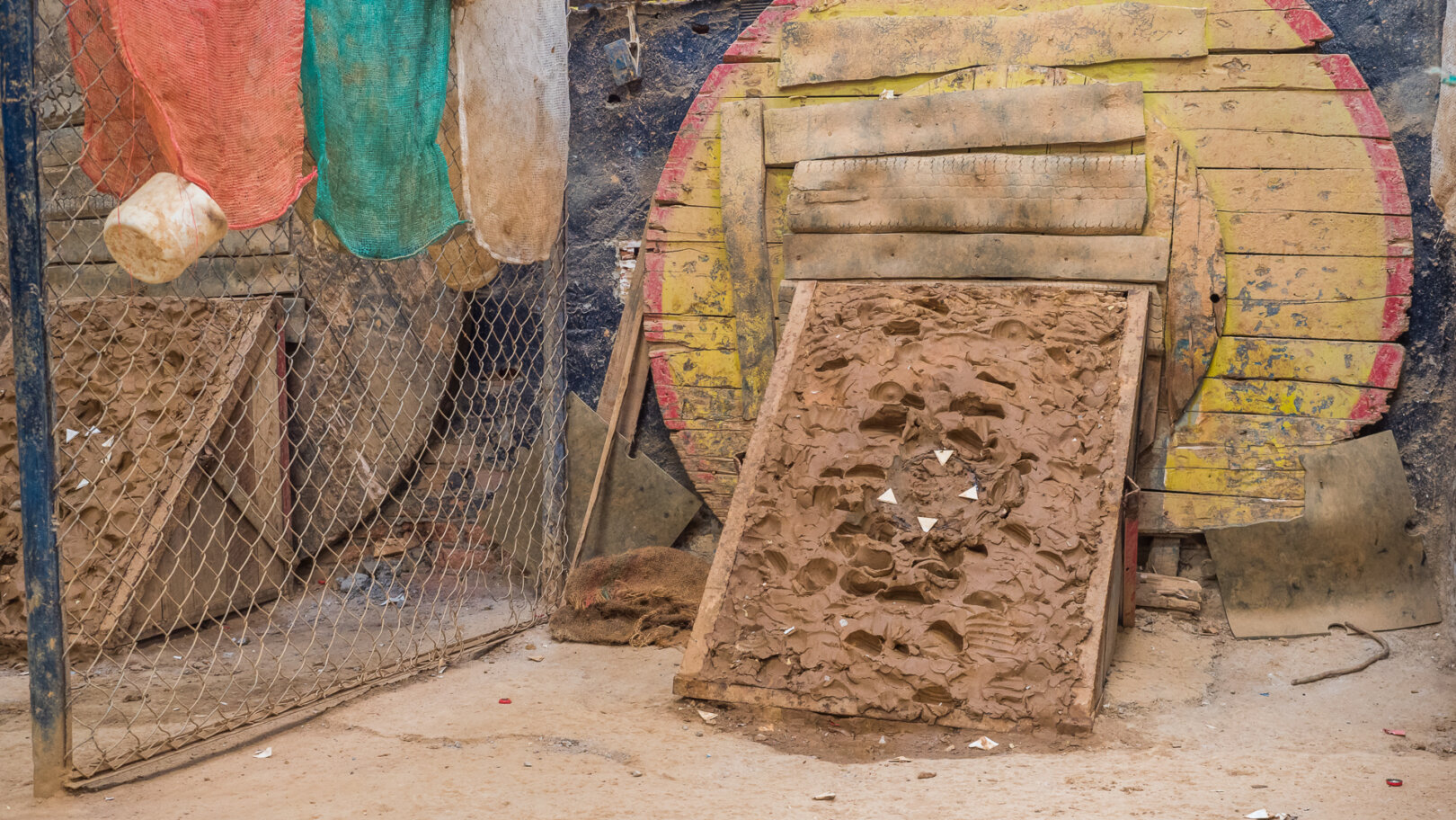
Tejo is a traditional sport from Colombia and is unbelievably popular. As sports go, it is rather old, quite boozy and a tad explosive. The aim of the game is to throw tejos (weighted steel discs) at a clay board with pockets of gunpowder attached. Hit one of those pockets and you’ll gain three points. In theory this requires a great deal of concentration and skill but players often drink beer as they play, giving the whole event a festive and cheery atmosphere.
Glima, Iceland

Glima, meaning ‘brilliant flash’ in Old Norse, is a traditional form of Scandinavian folk wrestling which was used by Vikings some 1200 years ago. Today, it is the national sport of Iceland and is increasing in popularity in Norway. Glima is similar to martial arts in that each player treats their opponent with honour (although it can get pretty violent at times). The aim of Glima is to be the fighter standing when the other fighter is lying down on the ground. Each game is made up of throws, blows, kicks, chokes, locks and pain techniques, all aimed at overthrowing the opponent player, and only finishes once the player on the ground can no longer touch the other participant. In other words, player one must throw player two far enough away that they cannot grab at them from the floor.
Novuss, Latvia
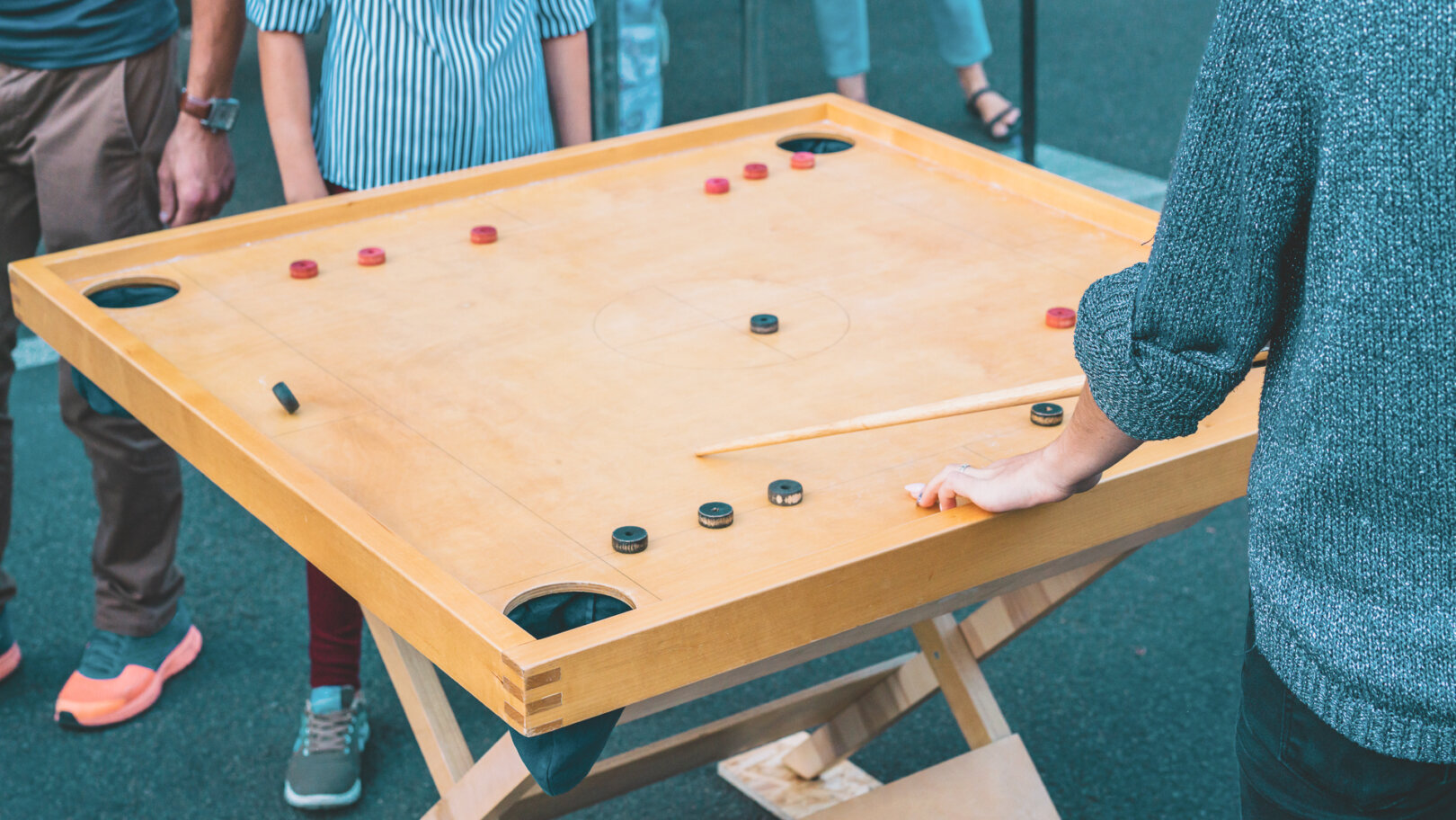
Originating in Northern Europe, Novuss was supposedly modified from billiards for those traveling by boat. It is now the national sport of Latvia for fun but also with professional tournaments. Novuss is a mixture of air hockey and snooker. It can be played either as a two-person or four-person (doubles) game, with all genders competing together, and requires a steady hand and good attention to the rules. Rather than being a particularly wild sport, it’s just quite unique.
Glacier Surfing, Alaska
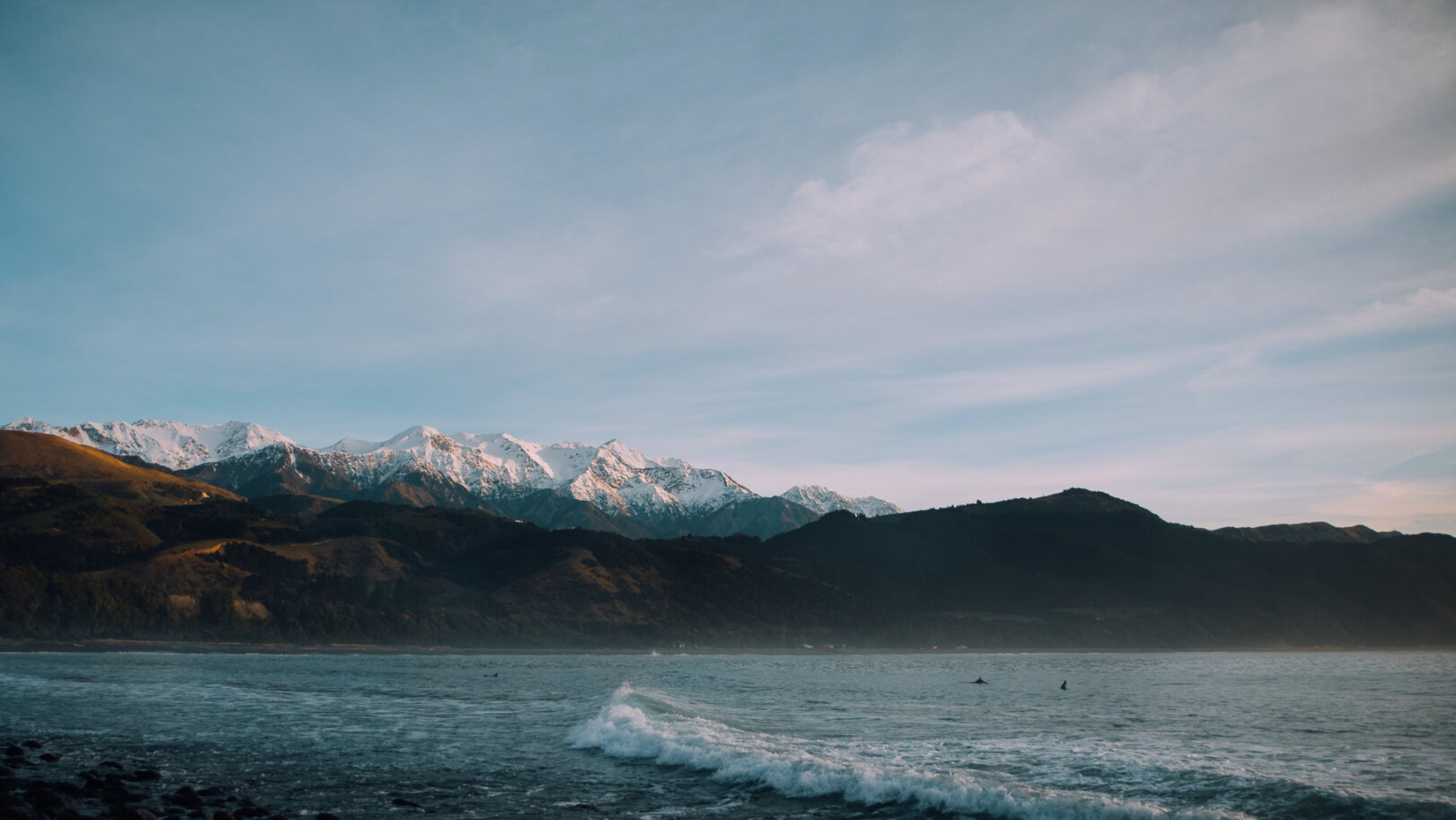
Only a handful of people in the world have tried their hand at glacier surfing, and with such high risks, it’s easy to see why. As you may have guessed, it involves surfing the waves created by melting glaciers. It’s a fairly new phenomenon with the first glacier wave surfed in 2007 by Garett McNamara. He spent hours waiting under an iceberg for it to break and cause a wave. While some people may enjoy surfing in the warm waters off Australia and Hawaii, there will always be others who prefer the more dangerous things in life. This is their sport.
Thinking of carving out your own adventure? Join Flash Pack today to go with other like-minded travelers.
Got a story or adventure that could inspire a solo traveler like you? Tag @flashpack on social or email [email protected] to be featured.
Images: Unsplash and Adobe Stock

